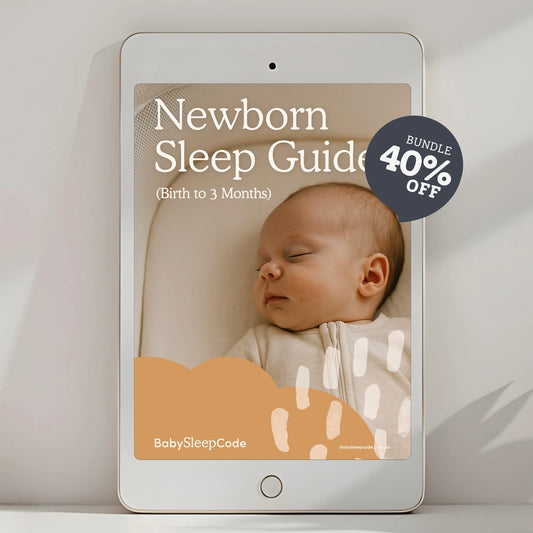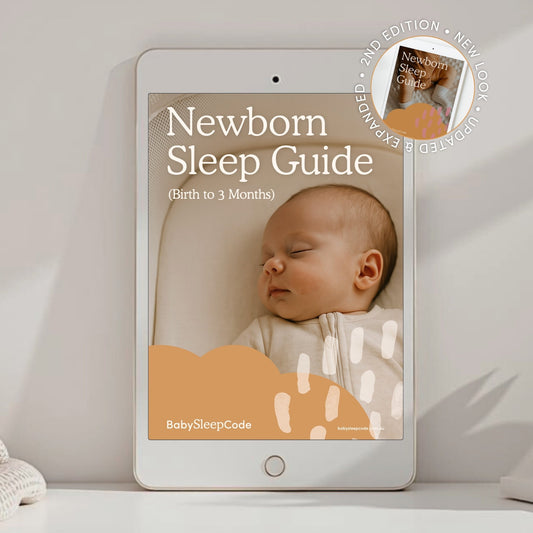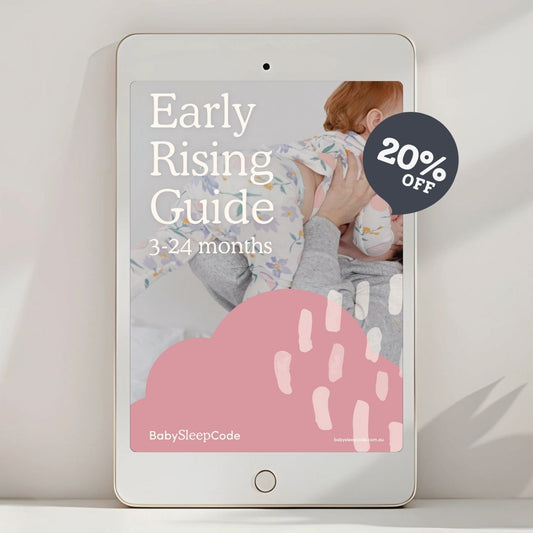From breast to bottle. Everything you need to know about introducing a bottle to your breastfeeding routine.
Guest post by pigeonbaby.com.au
We know that the thought of introducing the bottle while still breastfeeding can bring up all sorts of emotions and questions. ‘Will it disrupt the breastfeeding routine?’ ‘Will my baby take to it?’ ‘What if my baby prefers a bottle over the breast?’ To help calm those nerves we’ve put together a list of ways you can introduce the bottle and which teats are best for this stage of your breastfeeding journey. So grab a cuppa, take a deep breath, and let's dive in!
Why Introduce the Bottle?
There are countless reasons why parents choose to introduce the bottle while continuing to breastfeed. Maybe you're heading back to work and need a way for others to feed your little one. Perhaps your baby is showing signs of wanting to feed more independently. Or maybe you're just looking for a more practical way to share the feeding responsibilities. Whatever your reason may be, introducing the bottle can bring flexibility and convenience to your breastfeeding journey. And the best part? You can still maintain a pumping routine to ensure a steady milk supply.
What to Look for in a Bottle:
When it comes to choosing the perfect bottle for your breastfeeding baby, there are a few things to consider.
- Look for a bottle with a wide teat that mimics the shape of a nipple. This helps to avoid nipple confusion and makes it easier for your little one to transition between breast and bottle.
- Make sure to check the flow rate. Teats come with different hole sizes, ranging from SS for newborns, to LLL for toddlers 15 months +. This is all to do with how fast the milk comes out. For example, you wouldn’t want to use a large hole size on a newborn as the milk would come out too fast for them to handle. And if you used a small size on a toddler, they’d get frustrated as it’s a much slower release.
- Choose the right material. When choosing baby bottles, ensure that the brand and bottles you opt for are safe and free from potentially harmful materials and toxic chemicals, such as BPA (bisphenol A), phthalates, lead, and PVC.
- Pigeon’s SofTouch teats are our top pick for combination breast and bottle feeding. The teats are made from super soft silicone, with a textured surface making them perfect for latch on and has an air ventilation system to help reduce colic. They also have a range of different bottle materials such as glass, PPSU (polyphenylsulfone) and PP (polypropylene). All free from nasties and easy for you and your baby to hold.
Introducing the Bottle:
Introducing the bottle can be a gradual process that requires some patience and experimentation.
Mix things up
Start by trying one bottle at a time to see which one your baby prefers. If possible, offer breast milk in the bottle to provide a familiar taste and scent. It's best to introduce the bottle when your baby is not overly hungry and in a calm and relaxed state.
Hand over the bottle
While it’s very natural for you to want to be the first to introduce the bottle to your baby, it’s sometimes helpful to have your partner, friend or family take this one. Reason being is that bub will smell your milk, so if he or she is near you, they may push the bottle away to get to the ‘real things that they’re used to’
Temperature is key
Breastfed bubs are used to getting their milk temperature jussssssst right, so make sure your milk, whether breast or formula, is the same temp as your body, or a lukewarm bath. You can do this by either soaking the bottle in hot water, or by using a bottle-warmer to take out the guess-work.
Let them latch
Rather than putting the bottle’s teat straight in your bub’s mouth, try rubbing it gently on their upper lip or nose, this way they can attempt their own latch without it feeling forced.
Consider paced bottle feeding
Rather than having your baby drink the entire bottle in one go, try paced feeding.
Paced feeding is where you include small breaks in-between feeds to stretch out the feeding time - like they would when you’re breastfeeding. You see, when you’re breastfeeding, your baby has control when they suck and swallow, based on your letdown. With a bottle, this isn’t always the case. By introducing little breaks in your feed, your baby (and you) can regain that control and help recognise when bub is full and avoid overfeeding.
Remember, this transition can take time, so don't put too much pressure on yourself to rush things. Be prepared for some trial and error as you and your little one find the right bottle and feeding routine that works best for the both of you.
An important thing to remember is that bringing a bottle into your feeding routine does not mean weaning from breastfeeding. It simply expands your options and allows others to participate in feeding and nurturing your baby. By following these tips and being patient with the process, you can successfully introduce the bottle while maintaining your breastfeeding relationship.
For more information on all things bottle-feeding, visit Pigeon’s Baby Hub blog page - Breastfeeding to bottle.










